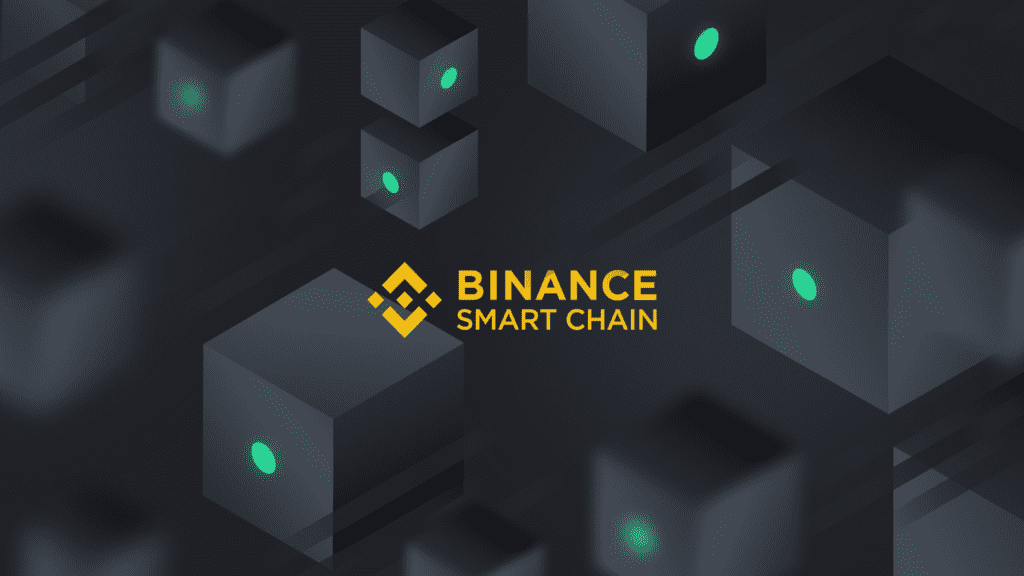The concept of Centralized/Decentralized Finance (CeDeFi) seems oxymoronic; how can DeFi be centralized and retain decentralization?
For some experts, it could be the bridge to take traditional finance fully into the DeFi realm.
DeFi has posed itself as an industry full of potential for traditional finance. Many of the tools and innovations within the sector have shown themselves to streamline processes and improve financial services. Vehicles such as smart contracts and stable coins are being investigated for usage within traditional financial institutions to utilize their benefits with functions such as automation and cross-border payments, with over 75% exploring integration in the coming years.
“The development of DeFi within the cryptocurrency ecosystem introduces new benchmarks and standards for the entire industry,” said Iakov Levin, CEO & Founder of Midas.Investments. “On top of that, people do not like that centralized financial services are a black box: there is no understanding of what is happening with users’ money. Instead of that, they want to be able to access transparent statistics and reporting.”

“In this vein, DeFi has significantly impacted the industry. Before the emergence of decentralized finance, yield generation platforms weren’t transparent at all.”
Investment in DeFi assets has seen significant growth
Investment in DeFi assets such as cryptocurrencies is exciting due to their potential for high yield. In 2021 the global crypto population rose by 178%, and the adoption rate reached 37.5%. This is 13% higher than the previous year, suggesting accelerated adoption.
“The crypto industry is developing,” said Levin. “Large institutional companies, and major pension and venture funds, are investing, pulling in additional capital from prominent investors. In the past few years, many asset management tools inherent to the traditional stock market (custodial services) seeped into crypto. The regulations are underway, and citizens of some countries are already paying transparent taxes on crypto – which, in turn, attracts more institutional players.”
However, the market continues to be minimally regulated and highly volatile, creating high risks which are difficult to mitigate. The sector also confuses, littered with new jargon, technology, and organizational structures, unlike anything we have seen before.
CeFi + DeFi = CeDeFi
CeDeFi combines the worlds of centralized and decentralized finance. It aims to give traditional institutions such as banks and investment brokers the tools of DeFi with the reduction of risk by functioning within a familiar environment.
First coined by Changpeng Zhao, CEO of Binance, in September 2020, when the company launched its Binance Smart Chain. The chain aimed to push collaboration between centralized and decentralized finance and allowed users to reap the benefits of exposure to DeFi without directly interacting with protocols.
For some, the qualities of CeDeFi are precisely what the DeFi sector needs for initial mass adoption. The regulation associated with centralized finance paves the way for DeFi protocols to be used at an institutional level, allowing established organizations to develop tools to enrich their practices while maintaining stability.
On a consumer level, CeDeFi can help investors explore DeFi products, such as decentralized exchanges, liquidity aggregators, yield farming tools, and lending protocols integrated with the assurance of CeFi systems.

Curbing crypto investment risk
CeDeFi investment has gained particular interest from consumers due to its ability to facilitate access to the high yields of crypto wealth generation.
Midas is an investment firm positioned within the CeDeFi sector. They aim to offer clients the benefits of DeFi, lowering the knowledge barrier. Users of their platform have access to crypto assets, swap features, and investment strategies within an environment with a lower risk profile.
“Midas has developed an infrastructure of automated solutions that help us hedge our positions on various DeFi protocols,” said Levin. “We have on-chain alerts, bots, and algorithms that help us monitor market trends and manage portfolios 24/7.”
“Thanks to this, whatever happens, we will know almost instantly. And, if necessary, the algorithms will take pre-programmed actions to secure the assets.”
Midas launches three new CeDeFi investment strategies
Today, Aug. 10, Midas announced the launch of three new strategies which they claim could generate yields even during the current bear market.
The strategies combine several approaches to working with digital assets and protocols to create accessible investment tools adjusted to each market.
“If interest rates continue to rise, this could have a negative impact on the cryptocurrency market and DeFi,” said Levin. “However, Midas as a platform can even generate profitability for users in a falling and flat market, for example, by leveraging ‘Soft Short’ on ETH.”
The “Soft Short” strategy on ETH generates yield through ETH-USD liquidity pools and price depreciation on ETH due to borrowing ETH while converting half of the position to USDC. Combined with the “Soft Long” strategy in different proportions, it can help balance longing, shorting, or neutral market position.
The “Soft Long” strategy on ETH generates yield through ETH-USD liquidity pools, and price appreciation of ETH as borrowed USDC is converted to ETH. It can be leveraged to diversify a portfolio during choppy, bearish markets while maintaining exposure for the start of a potential rally in the crypto markets.
Additionally, they have released the “DeFi Token Farming” strategy, a basket of incentivized liquidity pools of the most yield-efficient DeFi tokens on Convex Finance and Curve. Farming generates the primary yield and increases in price, with the underlying tokens going up. Midas’ investment team rebalances these pools based on several dynamic metrics, including available liquidity, price impact, and rewards.
“These strategies are aimed at more advanced investors than the mainstream Midas audience, who just want to earn a fixed income,” Levin continued. “One needs to understand the market in general and what stage of it we are at to take advantage of the strategy. The income these strategies can generate is much more substantial – from 20% to 40% – but they require adjustments to the general context of the market.”


